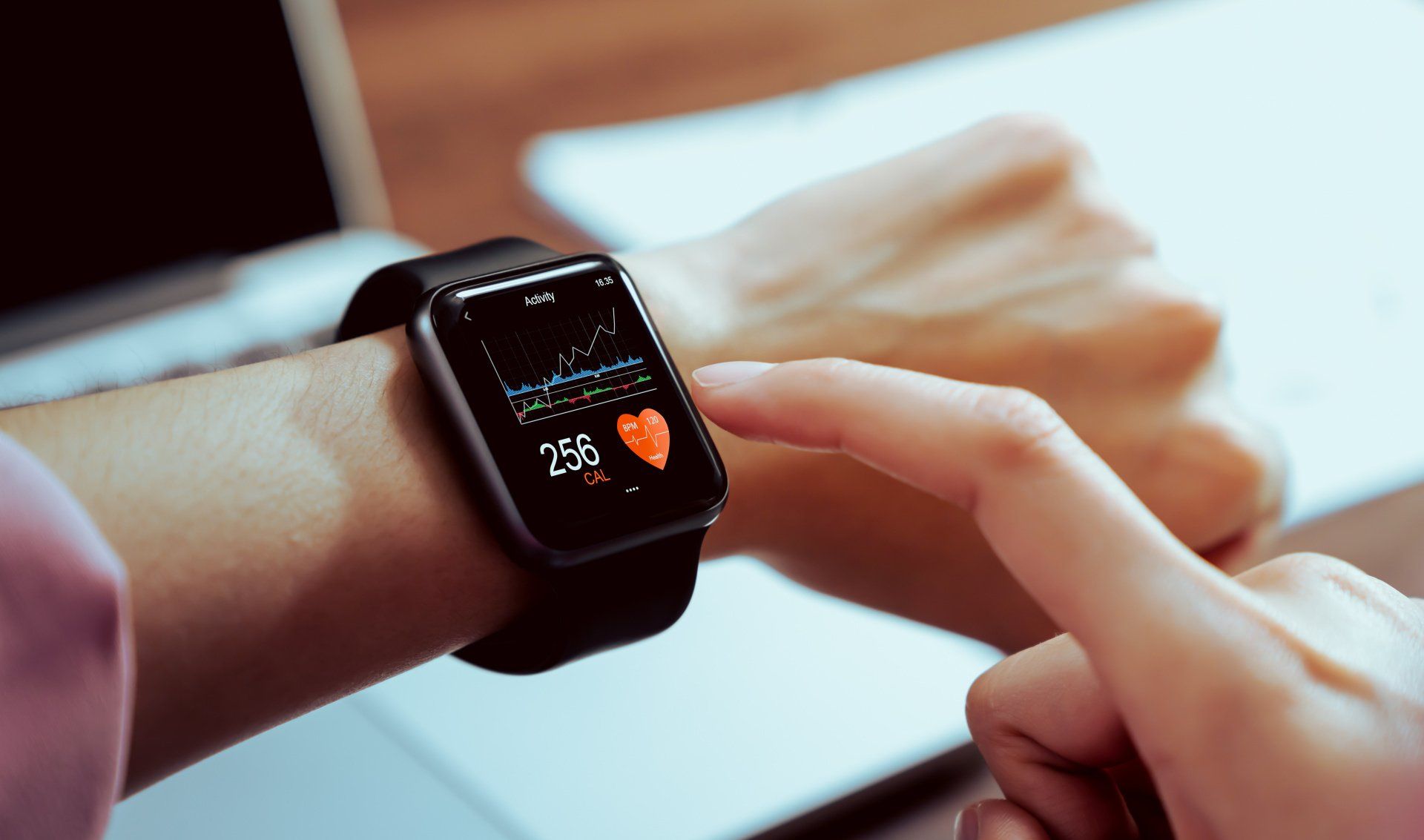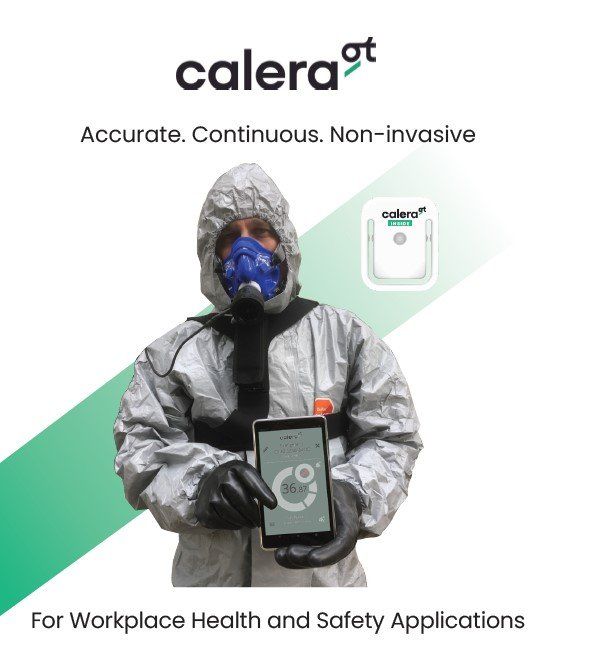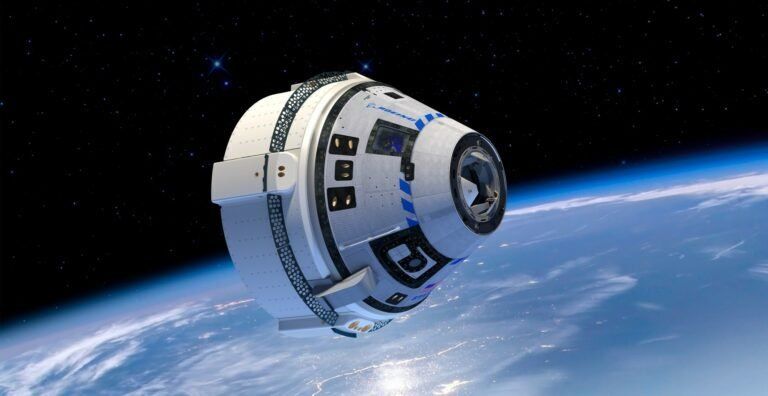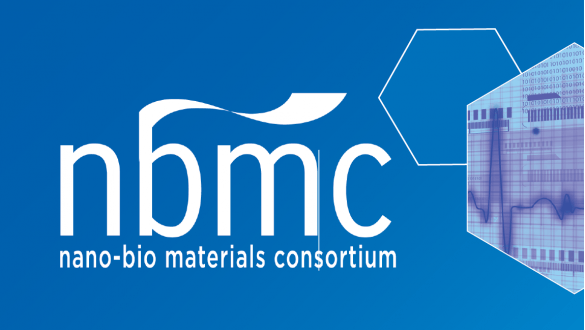Customer Story: Implementing SafeGuard with our First Major Client
VigiLife Implementing safeguard
Every year, fatalities from work-related accidents and illnesses account for about 5% of global deaths, totaling nearly 3 million people. National news outlets regularly report on these workplace incidents. As alarming as they are, each of these has a backstory that is varied and complex. However, one thing they have in common is the follow-on question of –“How could this be prevented?”
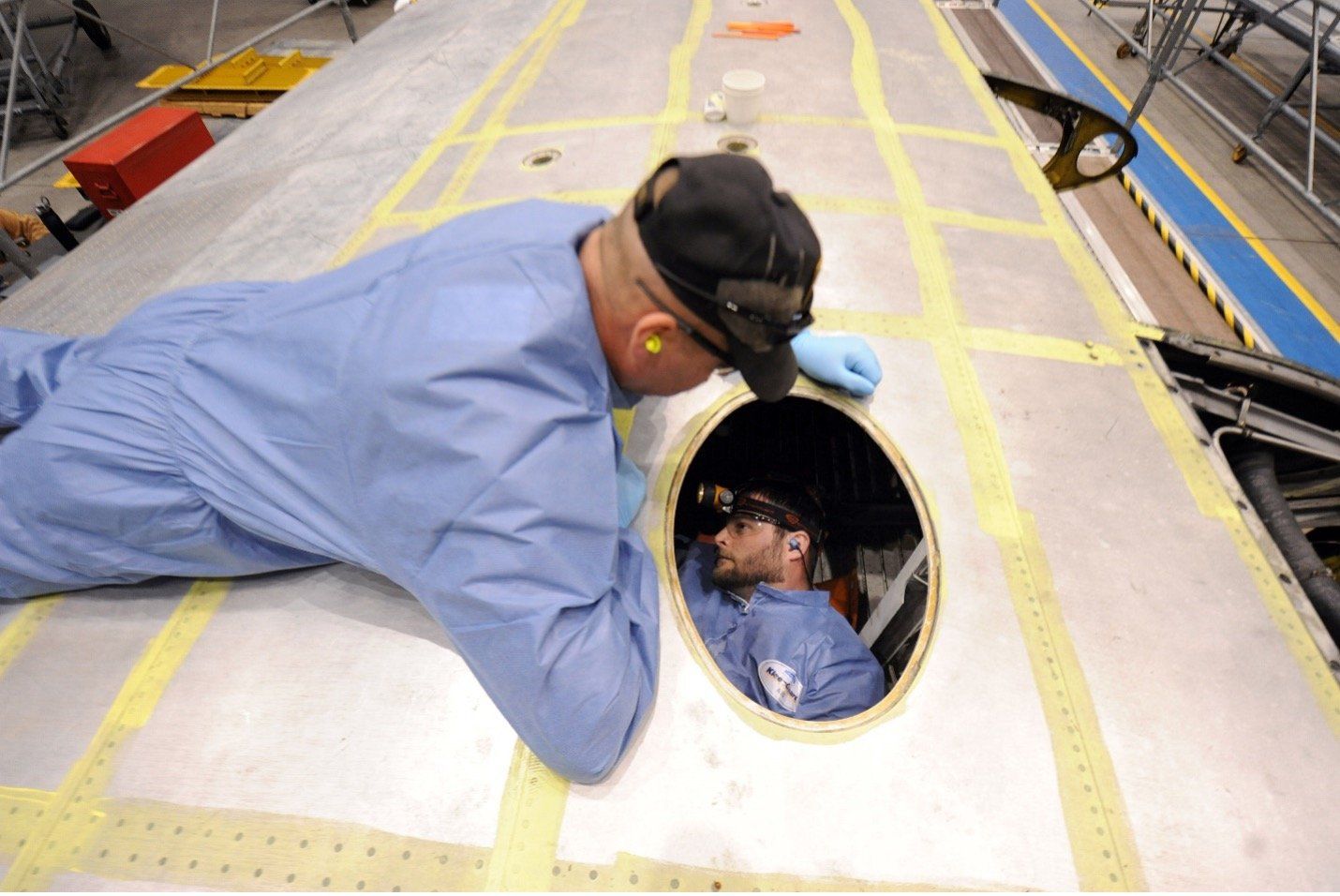
This response points to the fact that both the assessments of the underlying situations and governing health and safety systems related to the reports are reactive. A general lack of personalized data and appropriate environmental context contribute to calls for incident prevention remedies, but existing health and safety protocols are innately reactive. For instance, a worker’s fall, or heat stress episode may only be observed from a manager or other safety worker providing close proximity oversight. Some potential dangers may even be invisible to the naked eye, such as oxygen depletion, noxious gas leaks, or dehydration. Human-based personnel management can be highly effective; however, a 1:1 ratio of worker to human sentry is typically either impractical or inadequate in detecting danger prior to an incident occurring.
With continued advancements in wearable technology, A.I., and cloud and edge computing, a safer work environment is on the horizon, and VigiLife seeks to be part of the solution! VigiLife's primary offering, SafeGuard™, is an intelligent guardian IoT platform. SafeGuard provides a “preventive” health & safety risk oversight layer on top of existing systems, leading to workplace accident reduction and cost savings. This capability includes real-time, longitudinal, and preventive monitoring of personnel operating in high-risk environments. SafeGuard is a technology built to save lives and prevent injury by predicting future health & safety risks. SafeGuard is distributed through a Safety-as-a-Service™model to provide streamlined distribution to customers, transparent billing/costs, and an overall superior customer and user experience.
The backstory to VigiLife and SafeGuard comes from a rigorous customer requirements scenario that explains the technology’s intended impact. In the past five years, our team worked on government-funded contracts to develop a technology platform to sense danger and alert preventive action. This R&D and productization effort came from a customer request to create an advanced “confined spaces monitoring system.” As part of the Aptima team, we collaborated on these contracts with the Air Force Research Laboratory (AFRL), Lockheed Martin, NextFlex, and several other research partners. This approach among contractors was critical to the success of the confined space monitoring program and VigiLife's future success as a leader in proactive health & safety risk mitigation. AFRL provided world-class testing facilities and domain expertise. Lockheed Martin offered lessons learned from their Department of Defense (DoD) maintenance depot expertise and R&D support. NextFlex provided state of the art flexible hybrid electronics and wearable sensor hardware development for this and other monitoring scenarios.
The combined effort was showcased in a January 27, 2021, virtual “Demo Day” for over 200 stakeholders and invited press. Before this, in 2020, Aptima spun off VigiLife through its venture arm, Aptima Ventures. VigiLife is now commercializing SafeGuard through our original development partners and to other markets. Our mission is to save and improve lives by making health &safety systems more personalized and predictive. We do so in a way that supplements or reimagines a client’s existing approach to health & safety. From workers in confined spaces to lone workers repairing field equipment, to first responders and in various healthcare applications, SafeGuard provides an intelligent guardian for changing how clients assess and avoid risk. We welcome the opportunity to team up with forward-thinking leaders to develop a healthier, safer, and more productive environment for all.
Listening to the Customer
This confined space monitoring system is a joint project designed to serve the U.S. Air Force (USAF) and US Navy across many asset maintenance, repair, and overhaul operations, with tech development and management through Aptima, Lockheed Martin, and AFRL. This project completes the technology transition to enable real-time sensing and remote assessment of aircraft technicians and their surrounding environment as they operate within confined spaces. VigiLife's proposed solution supports prevention, detection, and intervention of health & safety hazards while reducing the time and work force needed in maintenance depots. Implementing the system will improve confined space maintenance labor efficiency by 40% while providing equivalent or improved overall safety.
How did this 40% calculation come about? At the start of this project, the managers we spoke with wondered if they could improve safety in measurable ways derived from a baseline system they saw at a Lockheed Martin facility in Marietta, GA. So, we reviewed the confined space entry logs to see how much safety attendant labor was currently allocated for continuous oversight. After some deliberation, we calculated that the proposed solution could alleviate a 40% loss of efficiency. This estimate came from a comparison on the 1:1 ratio of personnel monitoring in confined space work. It’s our understanding that this number is reasonably standard across the industry. Other U.S. Air Force groups may achieve a 1:3 ratio if the three workers are working in very close proximity.
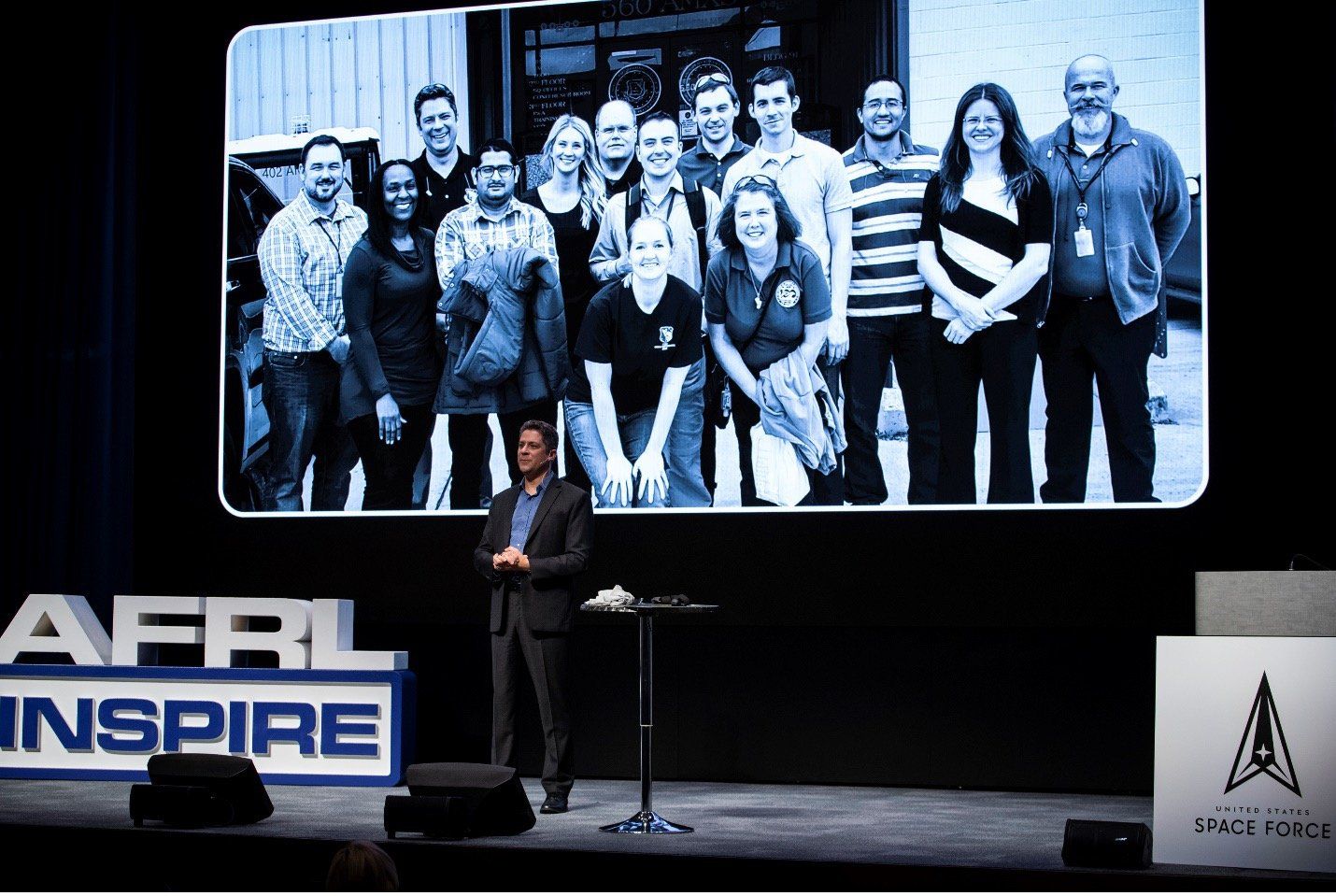
This distributed client, the U.S. Air Force and related groups, already employs a robust system for tracking health & safety incidents. As such, critical incidents are uncommon, especially in aircraft maintenance applications. Still, this client saw tremendous value in SafeGuard’s ability to enhance efficiency and productivity with a demonstrably improved level of safety. Such metrics are vital since these aircraft assets are critical to our country’s national security, but only when they are in operating condition. Put simply, SafeGuard can provide a capability that augments a customer’s current safety system and helps organizational health & safety budgets go further. VigiLife's work across the DoD branches is not just limited to one USAF Air Logistic Complex. The VigiLife team has recently completed a comprehensive defense deployments strategy that will run alongside our commercialization efforts in the private sector.
According to Dr. James Christensen, one of the AFRL leaders, the standard procedure for confined space maintenance requires a team of at least two workers, one inside the space and one outside, keeping in constant verbal contact with each other to ensure that no emergency intervention is needed.
“This setup is generally very safe, but it is also inefficient in terms of labor.”
Christensen explained that they performed research and development and partnered with Aptima and others to produce a novel wearable technology for use inside tight workspaces. After the January 2021 Demo Day, Christensen sees a complete transition to VigiLife to proceed with final development for both military and commercial use.
“Transitioning this technology was looking to be a challenge. Since this system is not specific to any particular aircraft, no one office designated to pursue its development. By going the small-business route, we ensured that the technology would be developed with the goal of marketing it for the benefit of both the military and commercial sectors.”
Christensen said that SafeGuard, initially designed for confined spaces, could be helpful for commercial aircraft maintenance, ship production, and even the mining industry. Any application requiring continuous monitoring could benefit from the system’s added safety and efficiency improvements.
“This really is an exciting technology that we’re proud to bring to life through our thriving small business partnerships,” he said.
Another AFRL leader who watched this technology evolve is Dr. Rajesh Naik. As the former chief scientist at the 711th Human Performance Wing, which is part of AFRL, his work involved managing systems to monitor the safety and health of Air Force personnel.
He stated this about SafeGuard, “It allows us to provide an additional layer of safety and health monitoring of our folks here.” And he also noted the impact of the multi-faceted team approach, “I think the beauty of it ... is the collaboration. The successful partnership that we’ve had with labs, with industrial partners all coming together. That’s also something I think worth highlighting.”
Defense Deployment Strategy
As VigiLife begins to pursue technology acquisition requests with all related DoD groups, our Safety-as-a-Service model is designed for seamless adoption into existing procurement and deployment processes. What we call our “Defense Deployment Strategy” is the culmination of honing our value proposition as a result of the customer interactions and technology development coming from R&D and the U.S. Small Business Innovation Research (SBIR) grant awards. Such funding and support go along way to “de-risk” technology development and commercialization while simultaneously improving marketability to other industries. In fact, this strategy is the very model the SBIR program promotes. Shared private and public sector investment leads to a more effective and affordable solution for prospective clients. As such, the VigiLife team views the foundational work with the USAF as a springboard for transition and commercialization throughout the private and public sectors.
VigiLife's defense-related customer support efforts for 2021 and beyond are outlined below:
- Establish major USAF air logistics complex as first deployment site
- Expand on usage in non-permit confined spaces opportunities
- Reallocate safety labor back into sustainment functions
- Expand into permit-required confined spaces as industry certifications are fully obtained
- Deploy solution beyond aircraft maintenance (plant maintenance, civil engineering, etc.)
- Transition to other Air Force bases and operational units as secondary deployment sites
- Partner with defense contractors performing similar maintenance and sustainment operations
- Continue to follow sponsorship to other work environments with confined space entries and other scenarios like flight line maintenance and shipyards
Financial and Operational Impact for Customers
Interest from this and other customers comes from the expected results of a SafeGuard technology adoption. The value proposition stemming from the approximate 40% reduction in labor required for confined space actions and the estimated savings of $2M per year in labor costs continues to be confirmed as VigiLife takes the technology to market. Our conversations with industry leaders follow these key points:
- Cost avoidance associated with work-related incidents
- Process improvement giving additional value
- Performance benefits – manage workload, fatigue, and hydration to improve cognitive and physical performance
- Successful deployment enables expansion to other operational environments
As customers buy from VigiLife, they’re getting three main deliverables: (1) access to the latest wearable health & safety hardware, (2) cutting-edge, real-time, and predictive SaaS software, and (3) intuitive visualizations to view and share insights whenever and wherever they’re needed.
Additional Contract Wins with the Air Force
VigiLife's recent funding award from the Nano-Bio Materials Consortium, including AFRL and SEMI (Semiconductor Equipment and Materials International), puts us on a pathway to expand next-generation health& safety monitoring in the defense sector.
This “dual-use” opportunity, meaning commercial applicability for our defense clients as well as those in the private sector, is funded for its potential for new products in digital health and personalized medicine. Our research and development efforts include an emphasis on technologies relevant to health monitoring and to diagnostics and performance augmentation. These innovations enable solutions for the U.S. Air Force en route care mission, point-of-care diagnostics, and overall health protection for personnel.
Commercial sensors are designed for consumer environments first and generally cannot withstand the harsher conditions encountered in DoD environments. Even rugged sensors often fail to meet size, weight, power, and cost (SWaP-C) requirements for operational use. Such sensors are often simple analog devices or communicate using their proprietary protocols. VigiLife, along with its partners, has been chosen to address the need that exists for novel bio sensing solutions. Requirements include an ability to function in such environments while providing data transmission, storage, and high-level analysis and insights to decrease cognitive load and increase situational awareness in monitoring personnel.
Our partners propose various innovations, including a wearable gas sensing platform and nano fabricated sensors. VigiLife's platform, Safeguard, will manage the wearable sensing process through edge computing, serverless execution, and A.I.-based predictive analytics. As the new technologies are tested and proven, we’ll lead commercialization efforts to multiple industries: defense, maintenance, healthcare, first responders, oil and gas, construction, energy, mining, manufacturing, etc.
These efforts change what we may offer to customers in the future. Disrupting the status quo of sensor technology and related process analysis, VigiLife now takes lessons learned from this government-funded approach to make such revolutionary solutions available to the private sector.
AFWERX Award for VigiLife
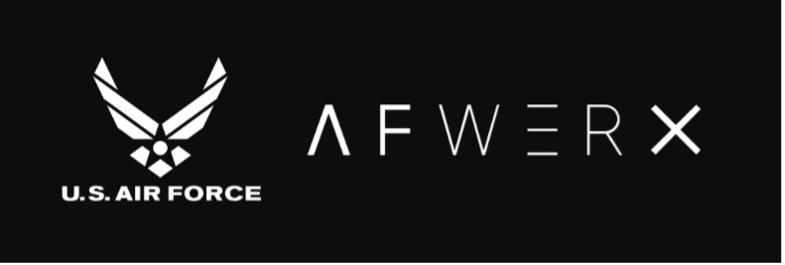
VigiLife's patented SafeGuard IoT-based intelligent guardian technology was selected inApril 2021 for a new Phase I AFWERX award. AFWERX is a United States Air Force program that fosters a culture of innovation within the service. In granting this award, the U.S. Air Force is interested in using SafeGuard to provide personalized and proactive health& safety oversight of their warfighters in challenging training and operational environments. In this effort, VigiLife will expand on its capabilities for A.I.-Based Predictive Analytics for Incident Prevention. Other technology enhancements featured on this award include:
- Upgraded system security to comply with applicable DoD regulations
- Intrinsic safety certifications for relevant devices and sensors
- Software development and refactoring for utilization at the USAF enterprise level
- System architecture enhancements to allow for persistent connectivity
Next Steps for VigiLife
VigiLife is fortunate to work with clients like the U. S. Department of Defense. Our partnered approach early on proved to be successful as we built this initial customer relationship, and we seek to continue that moving forward. As we approach multiple industries, our strategy with SafeGuard is to provide a “preventive” health & safety risk oversight layer available to work with existing client systems. Workplace accident reduction and cost savings from working with VigiLife can be achieved through real-time, longitudinal, and preventive monitoring of personnel operating in high-risk environments. Our distribution model provides streamlined access for customers, easier billing, and an improved customer experience.
As we grow our team and build out strategy, sales, marketing, and execute on our product roadmap, our mission remains clear: SafeGuard is a technology built to save lives and prevent injury by predicting future health & safety risks.


